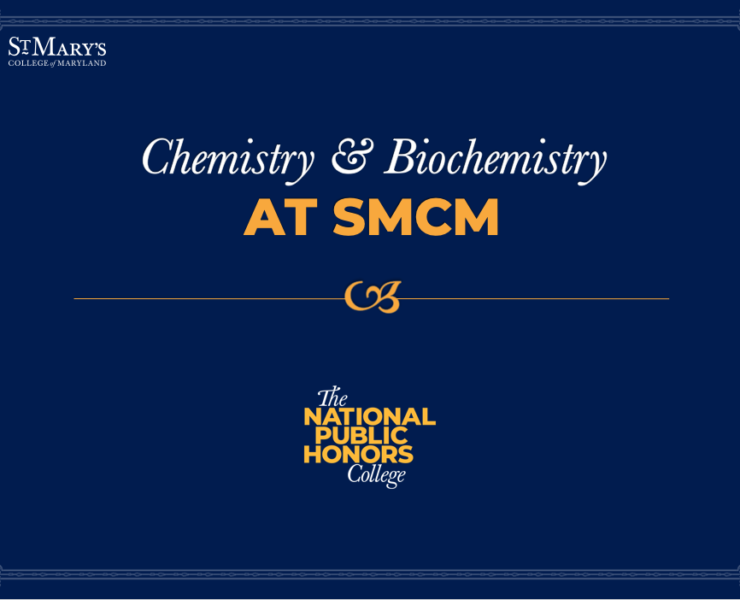Small classes, extensive one-on-one interactions and great undergraduate research opportunities allow the St. Mary’s Department of Chemistry and Biochemistry to offer an outstanding education to students.
The department has a challenging curriculum which provides students with the tools to succeed, and the department’s accomplished faculty are always available to nurture them along the way. St. Mary’s offers baccalaureate degrees in both biochemistry and chemistry. The American Society for Biochemistry and Molecular Biology (ASBMB) has accredited our biochemistry program. The American Chemical Society (ACS) has approved our chemistry program.
Check out our program brochure.
https://youtu.be/uNikV9Kx21Q
Academic Offerings
Majors
Why Study Chemistry?
Why Study Biochemistry?


